The most important thing I grow in my garden is soil.
I enjoy growing beautiful produce, bright colored flowers, and lush green herbs, but I know that the most important thing I can do is be a good soil farmer. Goochside Gardens began in the summer of 2022, with a few humble plastic containers of a locally made soil, called tagro. They convert city waste and compost on a grand scale to supply individuals and businesses with a high quality nutrient-dense soil ideal for most plant life.
This is their website: https://tagro.com/
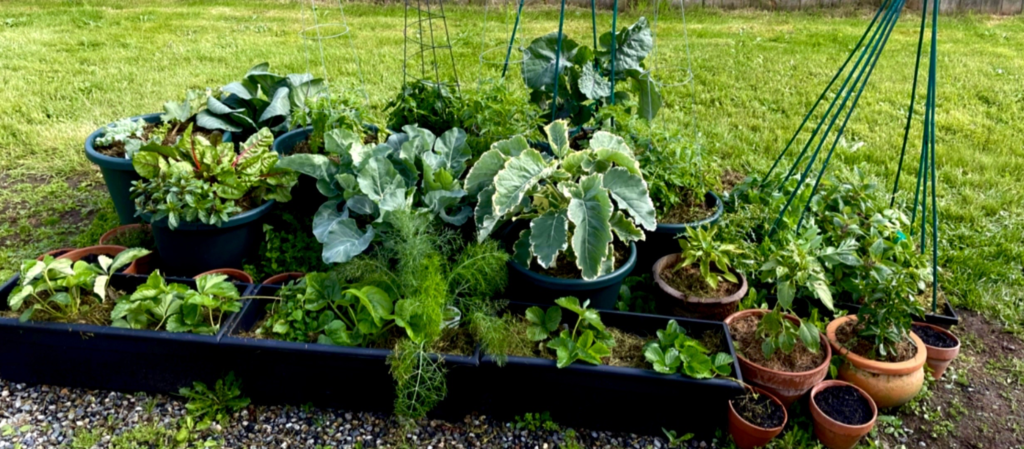
Having access to this resource and the means to obtain it was a massive short-cut, allowing me to be successful with potted vegetables on the first go. The yield was small but very tasty, and I was impressed with how much of a difference having good soil made. I wanted to learn more about cultivating and maintaining healthy soil.
Composting is how you grow soil.
Wait…isn’t soil something that’s been broken down, rather than grown? Why do I insist on saying I grow soil? Composting is waste decomposing and changing into particles of soil, right? What I am growing is an ecosystem, connected to the larger ecosystem outside. Soil, healthy soil, is an ecosystem. An ecosystem grows, changes, and is a mix of living and nonliving things interacting.
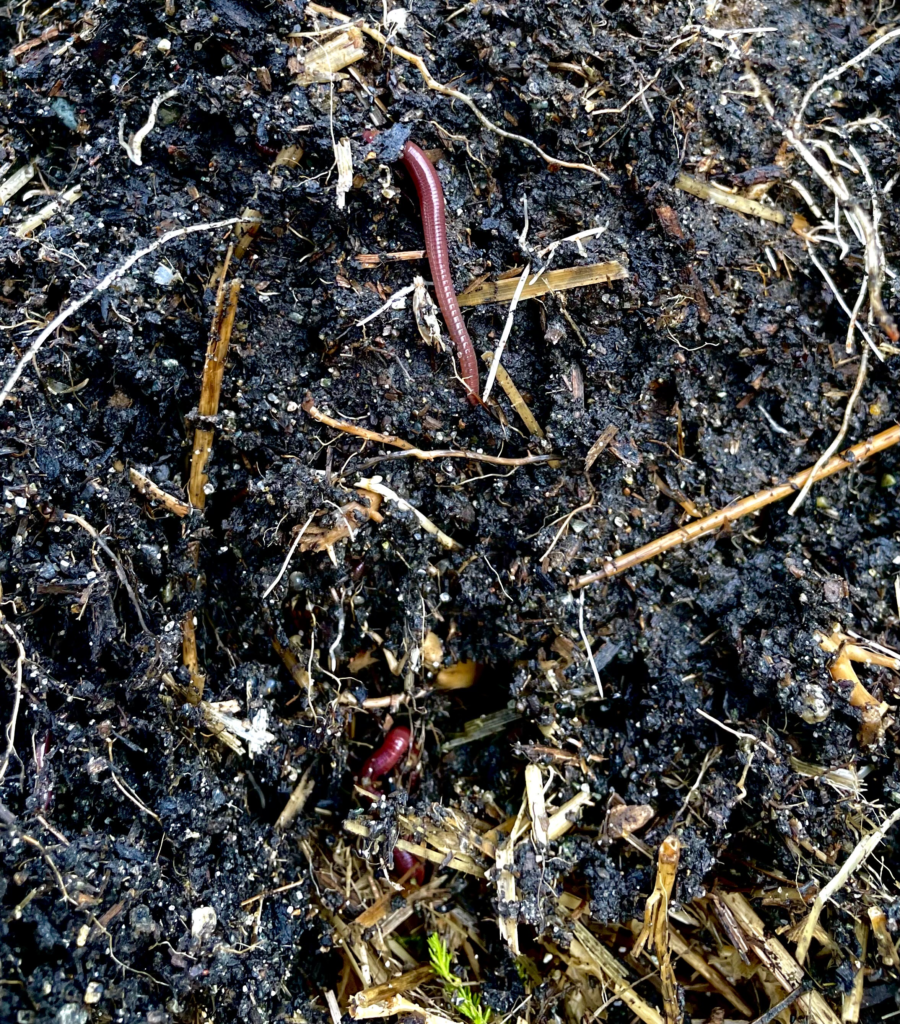
How does this happen? First your waste becomes food, and you use it to invite help, lots of help – from microbes and bacteria and enzymes and fungi and bugs. Most garden lifeforms exist in the soil, too numerous to count and too small to see.
Where do they come from? They are already in your kitchen compost waste, in the air, and in the ground outside. That means your compost needs contact with air, and the ground.
I started with a humble pile of garbage.
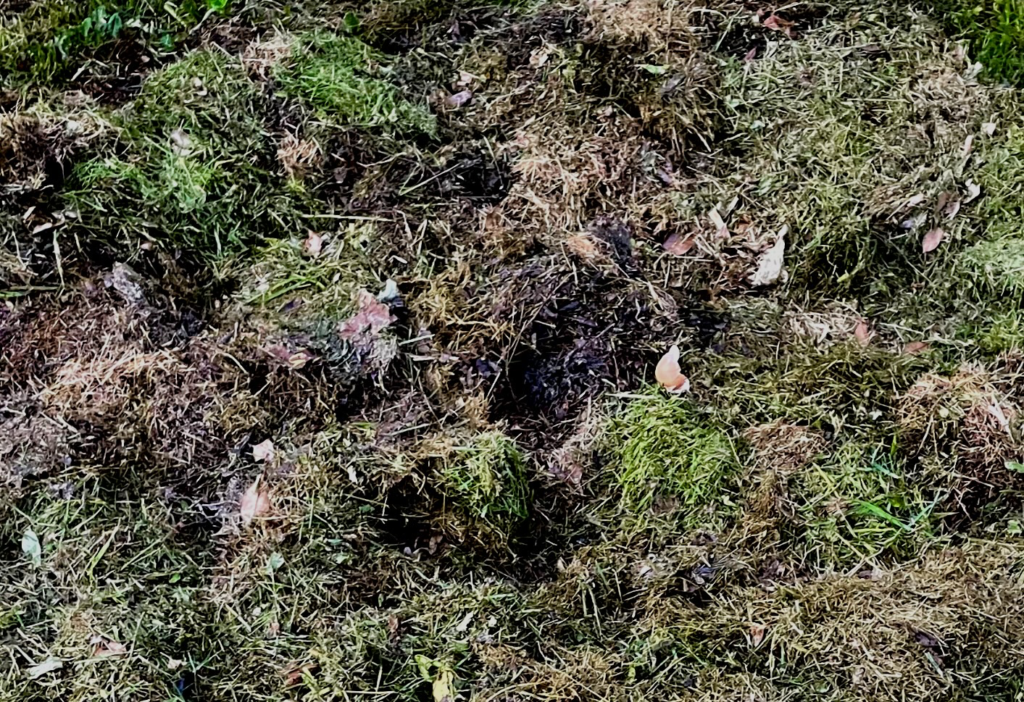
The season before, I just dumped my compost waste into a pile in a corner of the yard. It was mostly “greens” – fresh cut weeds, plant cutting, and kitchen waste. It “melted down” quickly and got incredibly hot in the middle – hot enough to almost burn me! I learned that this high heat, caused by decomposition, made the compost pile too hot for many of the life forms I was hoping to have in my soil ecosystem. One thing grew very well, however – a grey powdery web-like substance called mycelium. This fungus was doing it’s job of processing nutrients in the middle of the pile, where there was little air flow, and less oxygen. Much later, when things had processed and the pile cooled off, other life forms and some very enthusiastic earthworms started taking over. This took months and months to happen. Even without air flow, I still got my nutritious delicious compost. This went into my first in-ground no-till garden beds and the flurry of food that erupted out of these beds from the middle of July to the middle of November kept me well-fed and busy. I was amazed, and I wanted to improve the process even more. Even with just a pile on the ground, there wasn’t much of a smell!
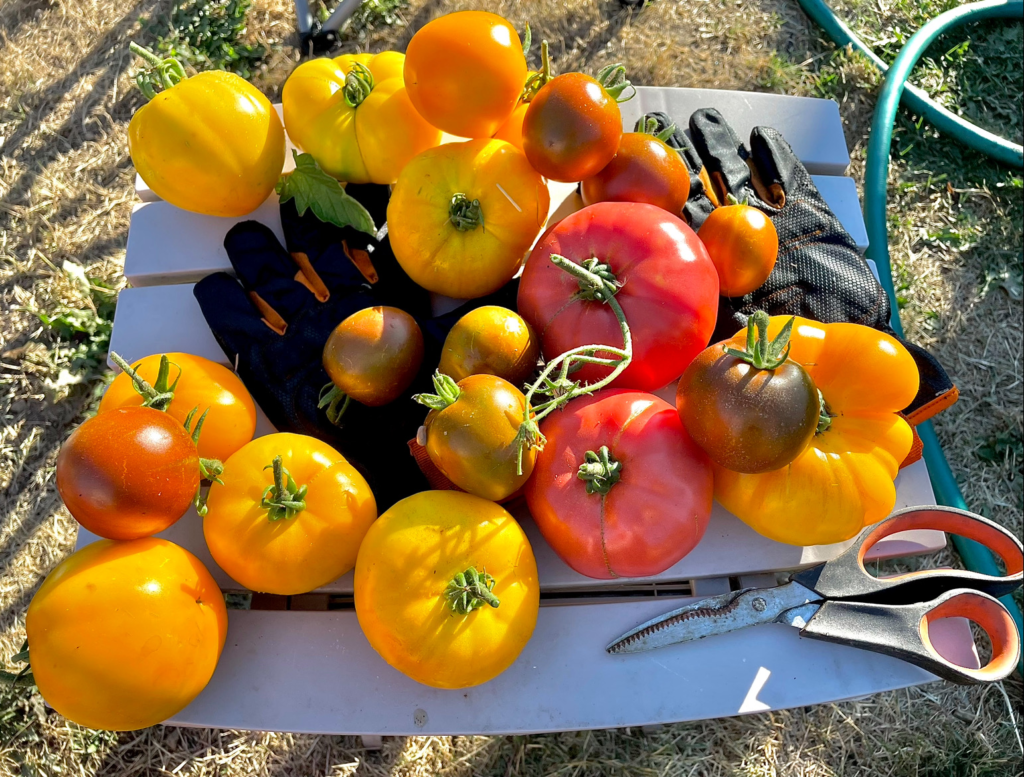
My compost needed air flow.
My simple solution was to use some wire mesh I already had, and make a large cylinder. This mesh allows air flow through all parts of the compost waste I put in there. I placed it directly on the ground to connect it with the existing ecosystem. I left no cover on top, so it is exposed to air and rainfall. I didn’t bother to attach the ends in the back, since the idea is to let it get filled, un-wrap the pile, replace the empty cylinder next to it, and refill with the stuff on top going in first, on the bottom.
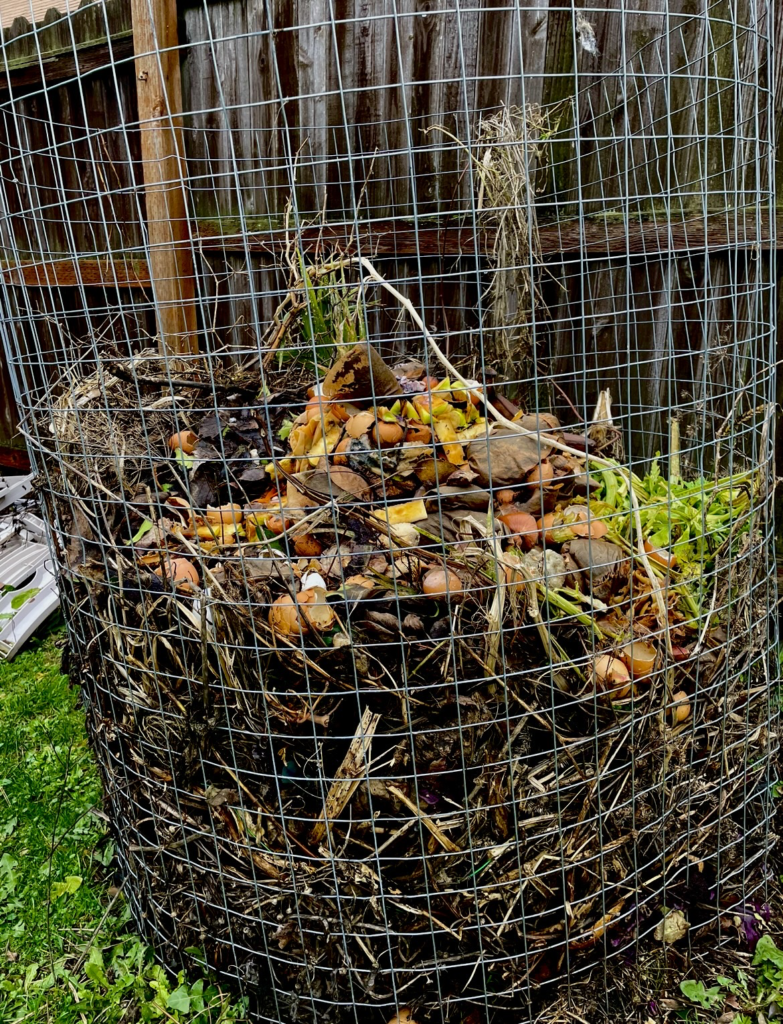
I noticed if the cylinder was filled to overflowing, it took only a week or so for it to sink on down to half it’s volume. It processes much faster than the pile did. The middle doesn’t get as hot with the air flow, and a greater number of lifeforms are able to exist there. The lower half is crawling with happy worms, negating any need for a separate “worm farm”. I never bother with “compost tea” or anything else requiring more than rotating the pile and dumping processed (or even not all the way processed) compost onto the vegetable beds. It’s a lazy gardener’s dream! And with this method, there is no smell at all, even when standing right next to it. Between the processed compost, somewhat finished compost, and straw mulch, there is a mix of dense nutrients and active decomposition happening in my garden beds at all times. Along with the weeds (which I leave there) and monitoring if any watering is needed (usually not until May), the ecosystem is thriving.
Now I find myself foraging for microbes and bacteria.
Compost requires a large assortment of helpers, and there are so many effective sources. A bit of yogurt in some water, or rice soaked in water for a week can produce a nice colony of lactobacillus culture. A bit of sourdough starter or a couple slices of bread or some old wine can bring in beneficial yeast and bacteria. If you have an aquarium, add the water from when you clean it to your compost. A planted tank especially, would be rich with microscopic lifeforms. We add burned wood charcoal from the fire pit to our compost as well. This biochar offers a surface very helpful for beneficial bacteria to grow on. If your diet is varied and healthy with a lot of different fruits and veggies, this is very good for the compost. Old coffee grounds are great in the compost. Since my compost is aerobic, and above ground, and only 50 feet from houses, no dairy, meat, bones, feces of any kind go in there.
A couple years ago, I came across The Weedy Garden on YouTube, where you can learn many ways to grow your soil, and enjoy watching an enthusiastic top-notch filmographer share the splendor of his soil ecosystem – down to the microscopic level!
The website:
https://www.theweedygarden.com/
The YouTube Channel:
https://www.youtube.com/@TheWeedyGarden
Just as we need a varied diet to be healthy, so does your soil, and the plants that grow in it.
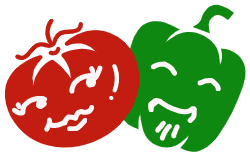
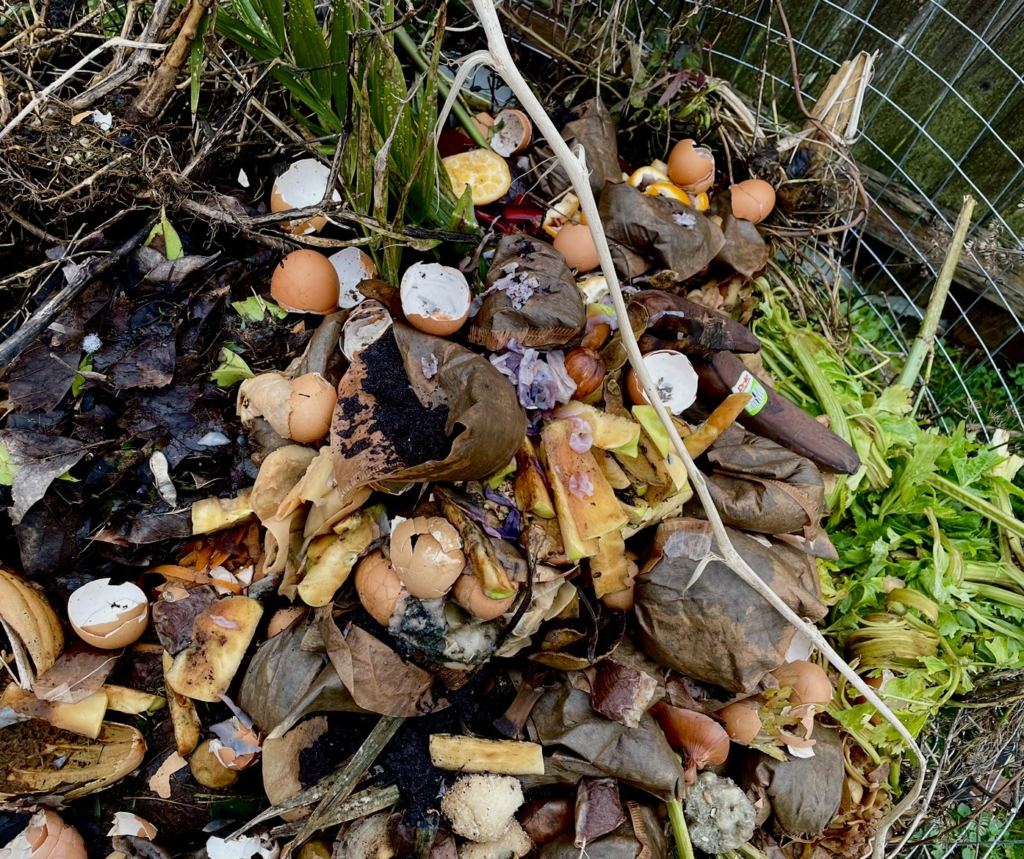
Like it!
Nice!
Very informative!
Thank you! I am hoping to include lots of links on each post when I find great resources.